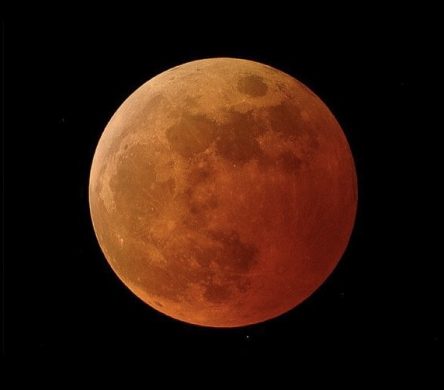
One of 2019’s best night sky event occurs during its first month, a total lunar eclipse that will be seen across all of the Americas. It’s been almost four years since we last saw a total lunar eclipse in its entirety here in Arkansas, and on the night of January 20th, we will all be treated to a wonderful show. Let’s hope for clear skies because the Americas do not get another chance at a total lunar eclipse until May 26, 2021 (and that’s if you are located somewhere along the Pacific Ocean).
ABOUT LUNAR ECLIPSES
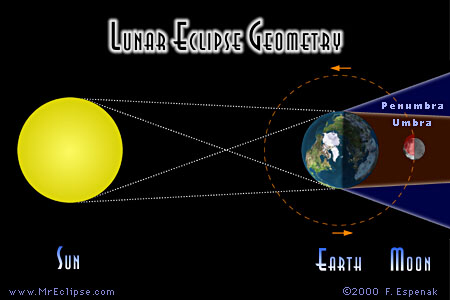 Eclipses are what happens whenever one celestial body moves in front of another, thereby partially or totally blocking an observer’s line of sight to a third celestial body. From our little place here in the universe, we are usually talking about the Earth or the moon blocking the line of sight to the Sun. But, be aware that we can sometimes see one of the inner planets (Mercury or Venus) pass in between our line of sight to the Sun. These events are called “transits” and, given the distance and the apparent size of the objects involved, our line of sight to the Sun is never completely blocked (“eclipsed”). Instead, we see one of the two planets in the form of a small, dark sphere, slowly creep across the face of the Sun.
Eclipses are what happens whenever one celestial body moves in front of another, thereby partially or totally blocking an observer’s line of sight to a third celestial body. From our little place here in the universe, we are usually talking about the Earth or the moon blocking the line of sight to the Sun. But, be aware that we can sometimes see one of the inner planets (Mercury or Venus) pass in between our line of sight to the Sun. These events are called “transits” and, given the distance and the apparent size of the objects involved, our line of sight to the Sun is never completely blocked (“eclipsed”). Instead, we see one of the two planets in the form of a small, dark sphere, slowly creep across the face of the Sun.
Even if you know nothing about astronomy you should know (at least I hope you know) that the Earth and the moon orbit around each other while they both also orbit around the Sun. As the Earth and moon orbit around one another, we see different portions of the lunar surface being illuminated by the Sun. It takes the moon 27.32 days to orbit the Earth while it takes 29.5 days for it to go through a complete set of its phases. As the Earth and moon do their monthly waltz around each other’s common center of gravity, there are two points in their dance where it is possible for an eclipse of some kind to happen. At new moon, the moon lies in between the Earth and the Sun, and it is at this point that we would see a solar eclipse. At full moon, it is the Earth that is blocking the moon’s view to the Sun, and it is at this point that we would see a lunar eclipse. But wait a minute, we have these two alignments each month, why then don’t we get to see two eclipses every 29.5 days?
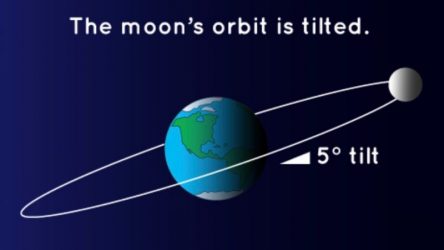 Well, the moon’s orbit around the Earth is inclined by about 5 degrees relative to our own orbital path around the Sun. What’s more, the moon’s orbit is not a perfect circle, instead, it is shaped like an ellipse. This means that the moon’s distance from us is constantly changing from day to day. If the moon’s orbit were a perfect circle AND its orbital plane aligned with the Earth’s orbital plane, we would indeed see two eclipses each month. But, since we do not live in a perfect universe, we only see eclipses whenever the Earth, moon, and Sun align just right (right place, right distance) along the “nodes”, the places where the Earth-moon orbital planes overlap. These “just right” alignments are known as a “syzygy” (Scrabble players take note: this is a great triple word score, but you will need a blank tile for the third ‘Y’).
Well, the moon’s orbit around the Earth is inclined by about 5 degrees relative to our own orbital path around the Sun. What’s more, the moon’s orbit is not a perfect circle, instead, it is shaped like an ellipse. This means that the moon’s distance from us is constantly changing from day to day. If the moon’s orbit were a perfect circle AND its orbital plane aligned with the Earth’s orbital plane, we would indeed see two eclipses each month. But, since we do not live in a perfect universe, we only see eclipses whenever the Earth, moon, and Sun align just right (right place, right distance) along the “nodes”, the places where the Earth-moon orbital planes overlap. These “just right” alignments are known as a “syzygy” (Scrabble players take note: this is a great triple word score, but you will need a blank tile for the third ‘Y’).
Okay, before we get too much further, I want to briefly tell you about this whole “Super Blood Red Wolf Moon” stuff that you will no doubt be hearing about in the media and about how rare it is.
First off, lunar eclipses are not rare, we usually have at least one or two each year, in order to see one, all you have to have is the correct syzygy and find yourself located at some place where the moon is above the horizon at that time.
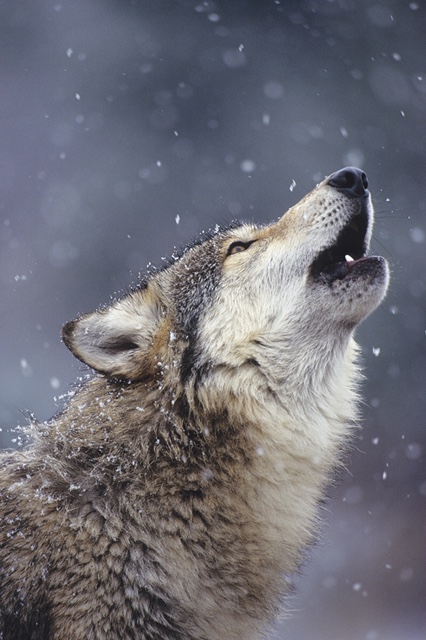 Secondly, the “wolf moon” occurs every January. Cultures from around the world have assigned names to each month’s full moon and Native American cultures are no different. Today, we mostly use the Algonquin Indian names for full moons. I’m not sure exactly why they gave January’s full moon the name “wolf moon’ but I do know that wolves do not howl at the moon. The howls of wolves have more to do with how they communicate with one another over long distances than it does with the moon phase. During their winter breeding season, wolves become even more vocal and this may be the clue as to why certain Native American and other Northern Hemisphere cultures gave the January full moon the same name: “wolf moon”.
Secondly, the “wolf moon” occurs every January. Cultures from around the world have assigned names to each month’s full moon and Native American cultures are no different. Today, we mostly use the Algonquin Indian names for full moons. I’m not sure exactly why they gave January’s full moon the name “wolf moon’ but I do know that wolves do not howl at the moon. The howls of wolves have more to do with how they communicate with one another over long distances than it does with the moon phase. During their winter breeding season, wolves become even more vocal and this may be the clue as to why certain Native American and other Northern Hemisphere cultures gave the January full moon the same name: “wolf moon”.
Thirdly, the “blood moon” term makes me cringe every time I hear it given that is has connotations with superstitious and religious prophecy nonsense. During any lunar eclipse, the moon’s color will slowly change from a deep orange to a rusty red. This is because of the Earth’s atmosphere filtering out sunlight. Even though you are standing there looking at the moon in the dark, behind you, the Sun is still out there is space shining brightly while the Earth is spinning on its axis. The light from all of the sunrises and sunsets that are taking place somewhere upon the planet is now getting filtered through the atmosphere: the blue light is scattered and absorbed while the redder portions pass on through, it is the filtered red light that makes it to the moon and gives it this reddish tinge.
Lastly, supermoons are so last year. Remember when I said that the moon’s orbit is in the shape of an ellipse and that its distance from us is always changing? Well, sometimes during a full moon, the moon is at a point in its orbit where it also just happens to be at its closest distance to us for the month (its “lunar perigee” if you want to talk like an astronomer, the opposite of lunar perigee is “lunar apogee”, when the moon is at its most distant point). This has become known as a “supermoon” in the popular media. There are often wildly exaggerated claims about the moon looking several times bigger than your average full moon. Yes, the moon does appear to be several times bigger than an average full moon. A whopping 7% bigger. But here’s the deal, that’s not enough for you to actually see a difference from a cursory examination. By the way, the largest and closest full moon of 2019 will not occur until February 19th.
Bottom line here: don’t believe all the hype about super-blood red-wolf moons, a total lunar eclipse is going to look just as spectacular without any additional hyperbole.
WHAT YOU WILL SEE
As you gaze upon this spectacle of nature you should know a little bit about the Earth’s shadow. The Earth and the moon both cast cone-shaped shadows out into space. Given that the Sun is not a point source of light but, instead, a disc of light that is only about a half a degree in apparent size, the Earth and moon shadows are fuzzy rather than sharp. So, instead of being just one shadow, it actually looks like two concentric cones: a larger, fuzzier shadow known as the “penumbra” and a smaller, darker shadow known as the “umbra”. When you see the moon start to become dark, it looks like the Earth’s shadow is moving across the face of the moon, but this is not the case, what you are really seeing is the moon’s east to west orbital motion carrying it into our shadow.
Here is the timing for the sequence of events that you will see from here in Arkansas on the night of January 20th:
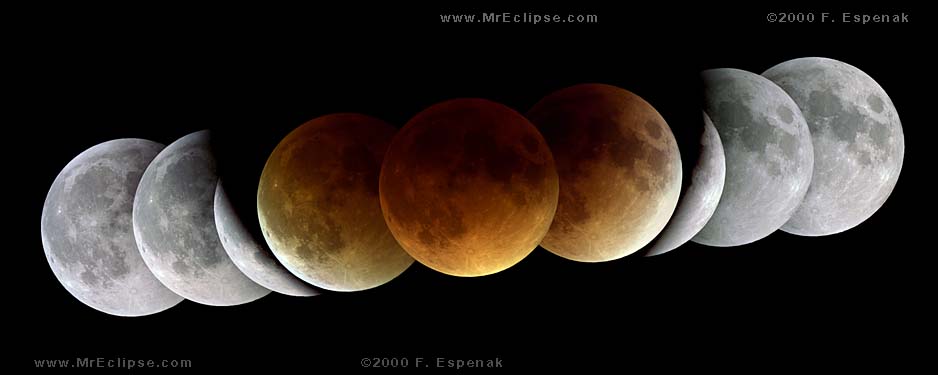 8:36 PM The penumbral eclipse begins. As the moon encounters the Earth’s penumbra don’t expect to see much of anything as the penumbral shadow is too faint to produce any significant effects.
8:36 PM The penumbral eclipse begins. As the moon encounters the Earth’s penumbra don’t expect to see much of anything as the penumbral shadow is too faint to produce any significant effects.
9:33 PM Partial eclipse begins. Now the moon is bumping into the Earth’s umbral shadow and it starts to look it has had a bite taken out of it. At first, the bite mark will look black, but, over time, you can start to see some orange color seeping in.
10:41 PM Totality begins and the moon is now looking more and more rusty red. If you are viewing from a dark sky locality, break out the binoculars and look at the sky around the moon. You should see the winter Milky Way start to pop out. Just 7 degrees below and to the east of the moon, you can see the open star cluster known as the Beehive, or M44, in the constellation of Cancer.
11:12 PM Midtotality, this is where the moon now lies within the center of the Earth’s umbra.
11:43 PM Totality ends and partial eclipse begins again as the moon sails out from the Earth’s umbra.
12:50 AM, January 21st Partial eclipse ends as the moon now moves into the Earth’s penumbra.
1:48 AM January 21st Penumbral eclipse ends as the moon has now moved out from Earth’s shadow.
Bundle up, pray to whichever weather deity you might worship for clear skies, and head outside to see this grand celestial event because we won’t have another opportunity here in America until the lunar eclipse on May 26th of 2021, and that’s only if you are willing to travel to somewhere along the Pacific Coast. The next lunar eclipse viewable from here in Arkansas will not occur until May 15th of 2022.